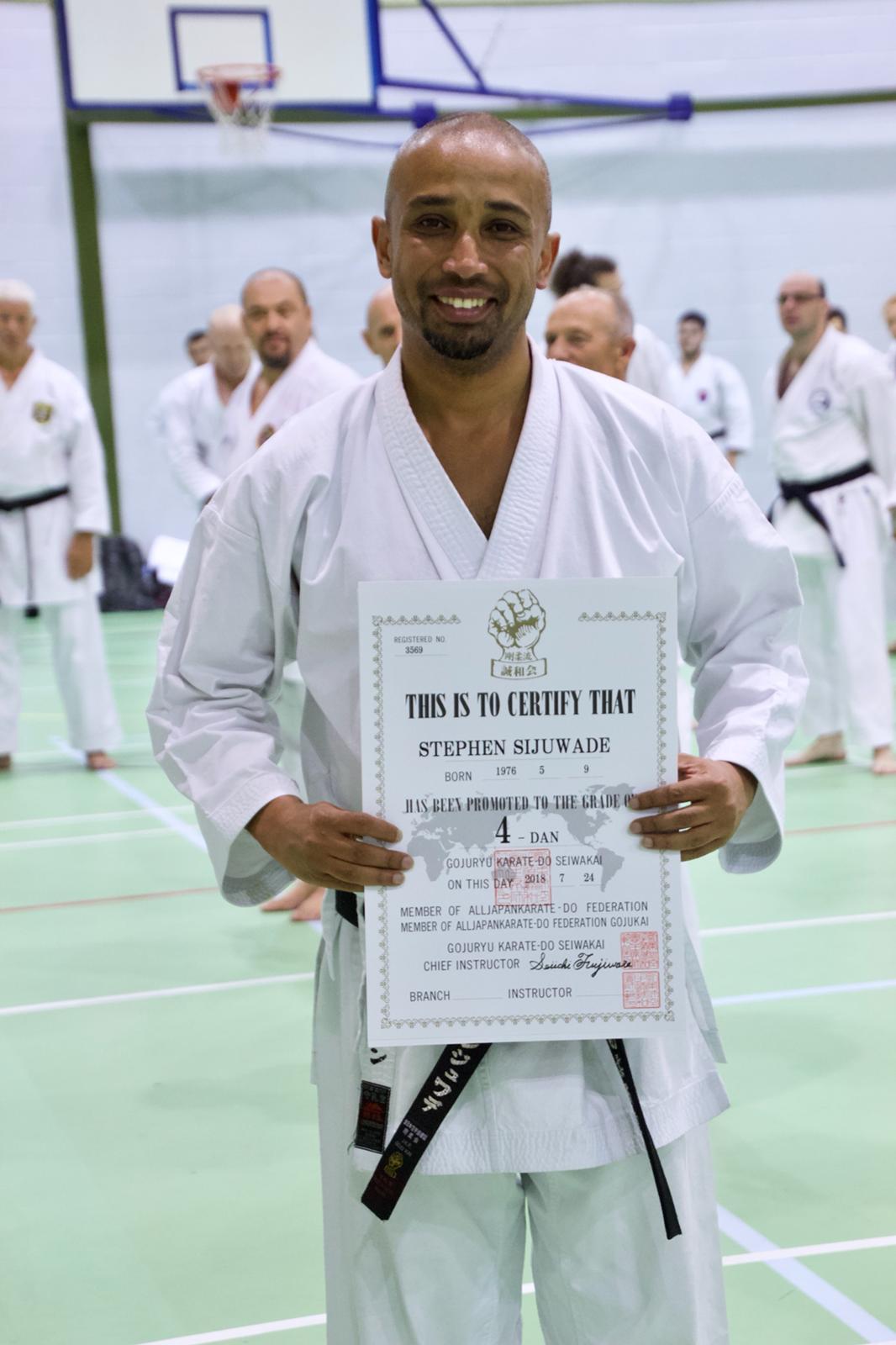Goju-Ryu: The History and Fundamentals of Goju-Ryu Karate
A Book by Yamaguchi Gogen.
Highly recommended to all students, the book is by a true karate master, Yamaguchi “the cat” Gogen, founder of the Japanese Goju-Ryu, one of Japan’s largest and most successful karate organizations.
Paperback: 330 pages
Publisher: Rising Sun Productions; 1st edition (April 25, 2013)
Language: English
ISBN-10: 0920129234
ISBN-13: 978-0920129234
Average Customer Review: 4.4 out of 5 stars
![]() Available from Amazon Books, cost less than $20 usually, see below for the link
Available from Amazon Books, cost less than $20 usually, see below for the link
http://www.amazon.com/Goju-Karate-Kyohan-Gogen-Yamaguchi/dp/0920129234/ …



